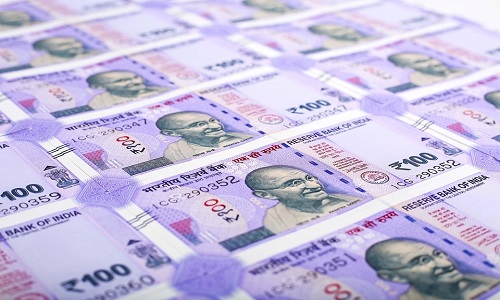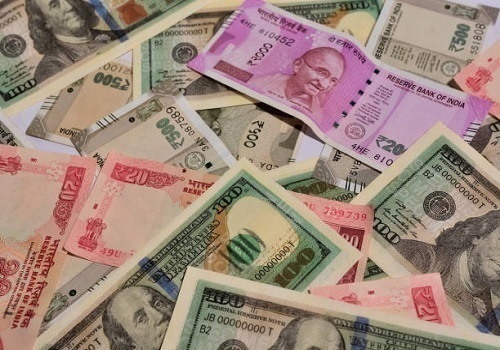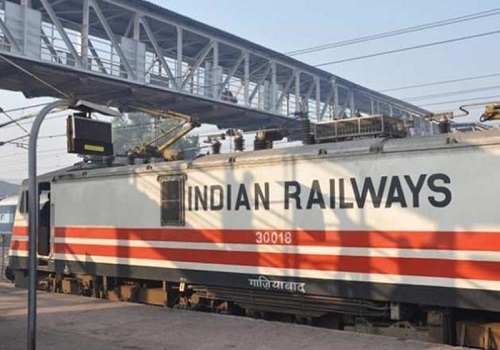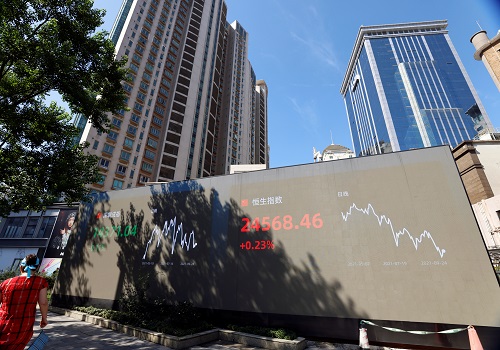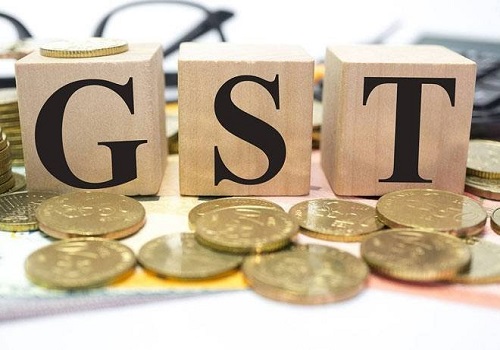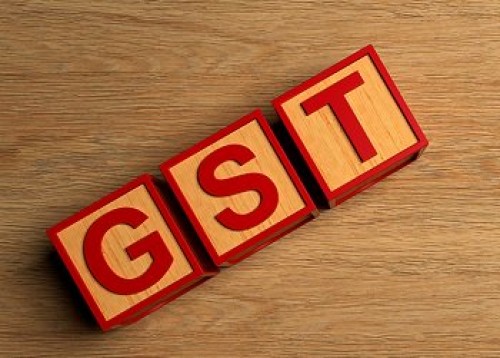Reflation without inflation - Emkay Global

Follow us Now on Telegram ! Get daily 10 - 12 important updates on Business, Finance and Investment. Join our Telegram Channel
https://t.me/InvestmentGuruIndiacom
Download Telegram App before Joining the Channel
Reflation without inflation?
* The global reflation theme is making a resounding comeback amid mega policy pump-priming, commodity upsurge and a V-shaped demand recovery. However, we argue that core ingredients for sustained inflation are missing and the ‘lowflation’ scenario is here to stay. Long-term Covid slack could instead curtail global price pressures for long. Real DM rates are likely to remain negative with USD being a modest loser this year, implying the chase for select EM carry.
* Back home, stronger inflation heterogeneity is keeping India an inflation outlier in EM Asia. Factors such as rising skewness in labor markets and at the sectoral/firm level will have a disproportionate bearing on income distribution, discretionary demand and firms’ pricing power. Even as inflation will likely glide down in FY22, averaging 4.3%, a sustainable sub-4% print may still be elusive amid sticky core inflation.
* The RBI’s policy dilemmas should continue and imply the pursuit of a de-facto integrated policy framework, while in-principle still following inflation targeting. We see policy rates unchanged in CY21 but reckon that liquidity redistribution/normalization and smooth management of G-Sec borrowings ahead are essential for ensuring that no premature tightening of financial conditions happens. We expect OMOs worth Rs4.5-5tn in FY22 and 10-yr yield to hover around 6.00-6.25% in H1FY22 and 6.25-6.50% in H2FY22 and USD-INR at 71.50-75.50 in FY22.
Hyperinflation fears? You gotta be kidding, right?
Amid massive policy pump-priming after Covid-19, Inflationistas are emerging out of their hibernation mode. Indeed, global inflation is coming off from the trough and 5-year inflation swaps look to be going through the roofs. Our study of the last 50-year cycle concludes that recessions have almost always been disinflationary events and the so-called price Philips curve has flattened notably after every crisis. However, inflation uncertainty remains currently as the current crisis is different in a sense that it affects both supply and demand heterogeneously across individual countries and items. However, it does little to change our conviction that medium-term balance of inflation risks remains tilted to the downside. Markets should not confuse inflation volatility, normalization of deflationary shock or unfavorable base effects with high inflation sustainability. We highlight that ingredients for underlying demand dynamics are still missing: (1) labor market slack, low/falling productivity and persisted negative output gap show shallow recovery; (2) the case of elusive 2%+ core inflation despite attaining full-employment state pre-Covid (3) clogged monetary transmission amid structural constraints also validates that despite average base money growth of 10%+ in DMs since the GFC, core inflation has barely reached/sustained the pre-GFC level of 2%+; and (4) there are limits to fiscal and monetary levers despite the slow structural healing. We believe that DM G-4 central banks’ balance sheet will expand merely by ~15% in CY21 after 50% in CY20.
India: Inflation dilemma gets back to the old tales of core worries; core to outdo headline in FY22
India has been an inflation outlier in Asia but the narrative of an eventual fall in inflation with easing supply shocks is finally starting to play out. Our Pandemic-Sensitive Index (PSI), wt. 30% in CPI, constituting a granular study of inflation basket has averaged 10% (325bps contribution to CPI) in Jun-Nov’20. However, its reversible component (60% weight in PSI) is easing zealously, while the quasi-permanent PSI has a structural angle and could impart both upside/downside pressure ahead. While food inflation is leading the CPI correction, the trajectory of non-food components needs to be watched out amid emerging internal and external cost push pressures. The rising skewness in labor/firm levels in formal and informal sectors will have a disproportionate bearing on income distribution, discretionary demand and firms’ pricing power. Therefore, the time taken for sectoral share rebalancing, capacity utilizations and production-level normalization across various strata will be the key. We reckon the informal sector is dynamic with high birth and death rates. We believe that FY22 will witness a further glide path of inflation, averaging ~4.3% after 6.1% in FY21, although a sustainable sub 4% print may still be elusive, with core inflation sticky at 5.0%+.
RBI’s conundrum: Controlling the cost push inflation via the rates route?
The current crisis has uncovered the limitations of inflation targeting (FIT) regime, with the RBI ending up pursuing a multi-factor approach amid intertwined policy objectives. We argue this integrated approach warrants a deeper dive even as they continue to be FIT focused. For now, even as inflation eases ahead, segmented elevated price pressures could constrain the MPC from utilizing the conventional policy space further. However, the RBI’s stance on liquidity management amid current macro, FX and money market conundrums will be the key. The fear of liquidity withdrawal and higher G-Sec borrowing has led to a surge in G-Sec yields across the curve. The markets-RBI face-off could keep yields elevated in the near term. However, the unintended financial tightening amid the nascent growth recovery is neither optimal nor desirable at current juncture. We expect the central bank to get more accountable and action-oriented as we move into FY22. We reckon that the RBI will continue to strive fixing artificially skewed yield curve and maintain its preference for curve flattening. We see 10-year yield to hover around 6.00-6.25% in H1FY22 and 6.25-6.50% in H2FY22. Meanwhile, the INR could remain a mediocre performer in the EM space in FY22 despite robust BoP surplus of $50bn, ranging 71.50-75.50.
To Read Complete Report & Disclaimer Click Here
For More Emkay Global Financial Services Ltd Disclaimer http://www.emkayglobal.com/Uploads/disclaimer.pdf & SEBI Registration number is INH000000354
Above views are of the author and not of the website kindly read disclaimer


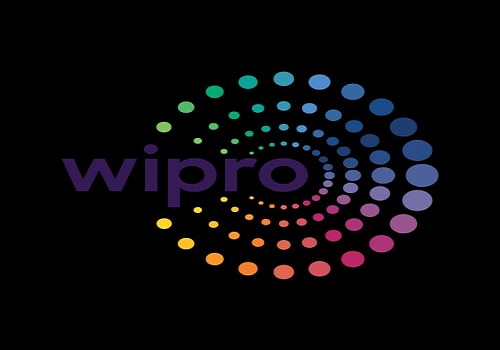







Tag News

Monthly Debt Market Update, September 2023: CareEdge Ratings





